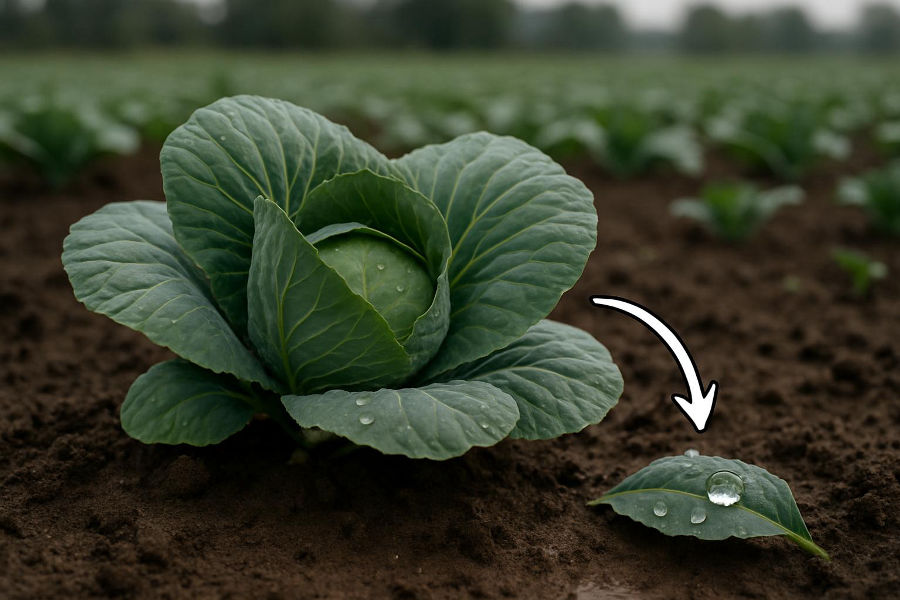What Are Hydrophobic Crops ?
Have you ever sprayed your crop perfectly, but still felt like the results were missing? It’s not always the fault of the chemical—you might be dealing with a hydrophobic crop.
Yes, some crops actually resist water on their leaf surfaces. These are called hydrophobic crops, and they can silently reduce the effectiveness of your spray without you even realizing it.
What does “hydrophobic” mean?
Hydrophobic means “water-fearing.” In simple words, hydrophobic crops have leaves that don’t allow water to stay. Their leaf surface is covered with a waxy or slippery layer that causes spray droplets to roll off like pearls.
Instead of spreading across the leaf and being absorbed, the spray just slides away or dries too fast. This is a major problem when applying pesticides, fungicides, micronutrients, or bio-products.
Here’s what usually happens with hydrophobic crops:
-
Spray rolls off the leaf
-
Chemicals don’t stick properly
-
Absorption is low
-
Farmers see poor results even after spraying
-
More time, more product, more cost—but less effect
Which crops are hydrophobic?
Many common crops have this nature. These include:
-
Banana – thick waxy leaves
-
Chilli – shiny, water-repelling surface
-
Cabbage – curled and smooth leaf layers
-
Onion – vertical, smooth leaves
-
Castor, Cotton, Mustard – naturally waxy coatings
These crops may look healthy but need extra care during spraying.
Why should farmers know this?
Because understanding your crop type helps you make smarter decisions. If your crop is hydrophobic and you're spraying without a spreader-sticker, you're likely wasting product, money, and effort.
The good news? There’s an easy fix—which we’ll cover in the next blog.
So, next time you spray and wonder why the results are slow or uneven, think beyond the chemical. Think about your crop’s nature.
